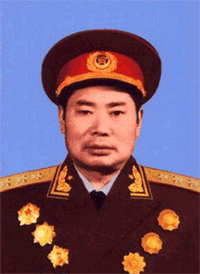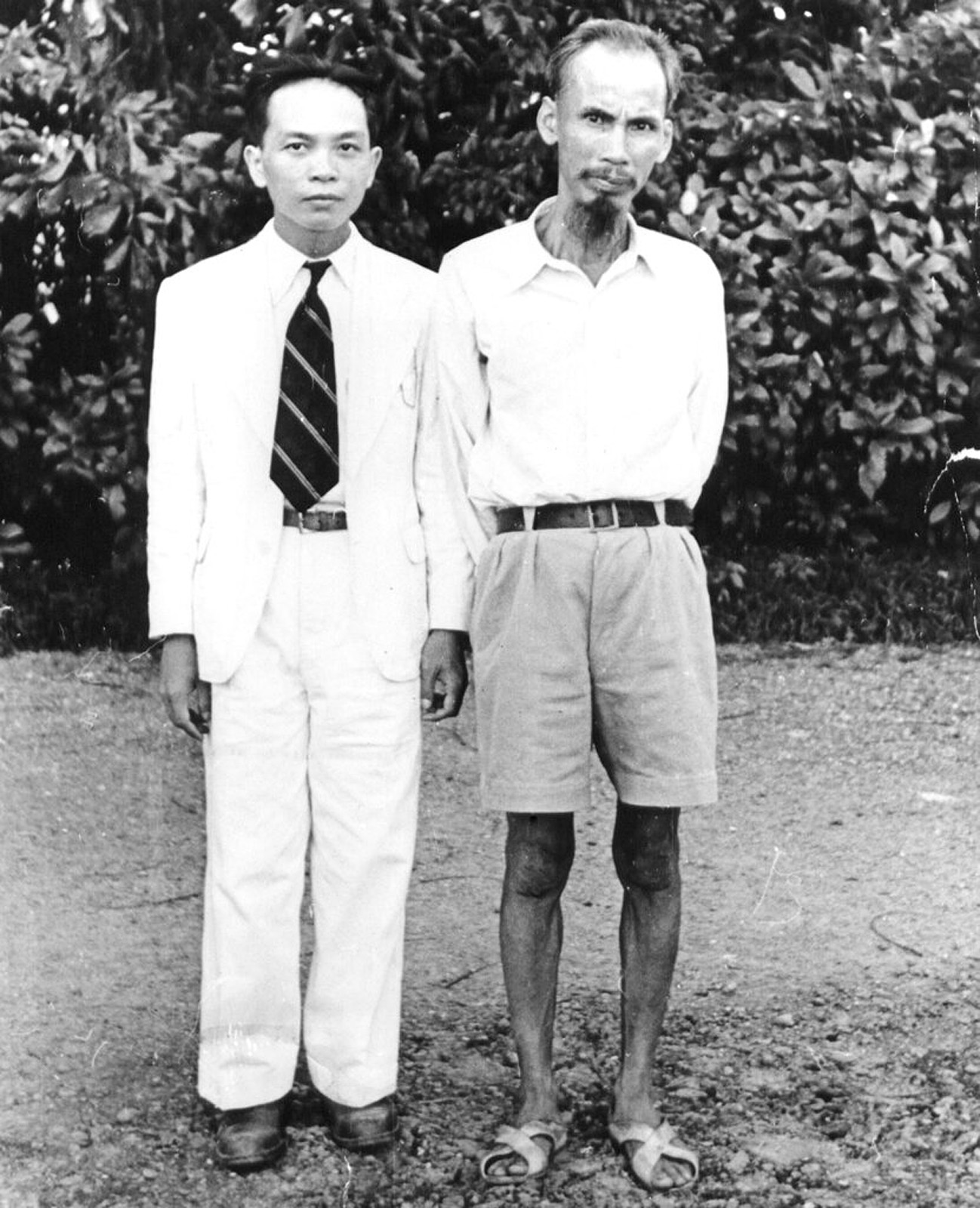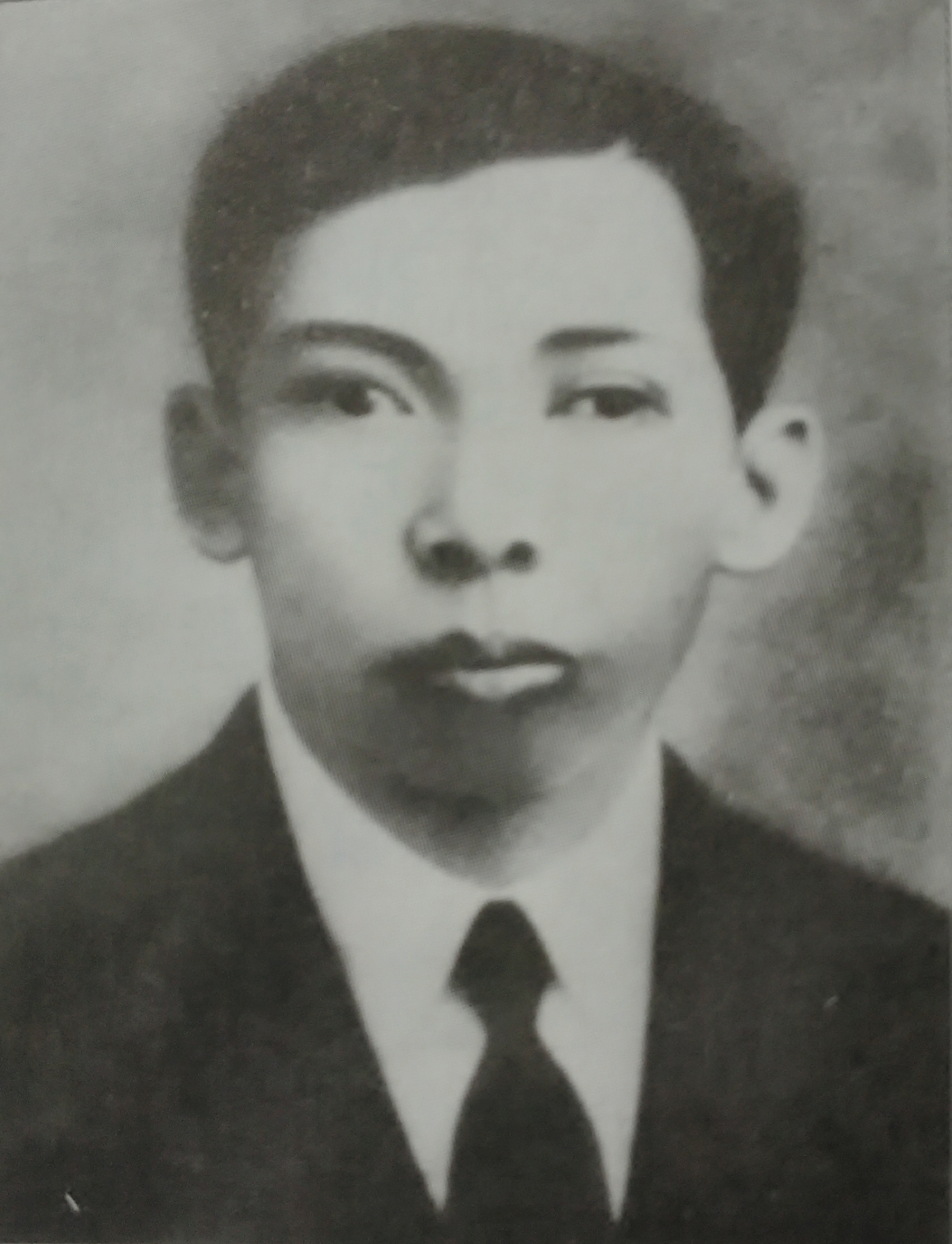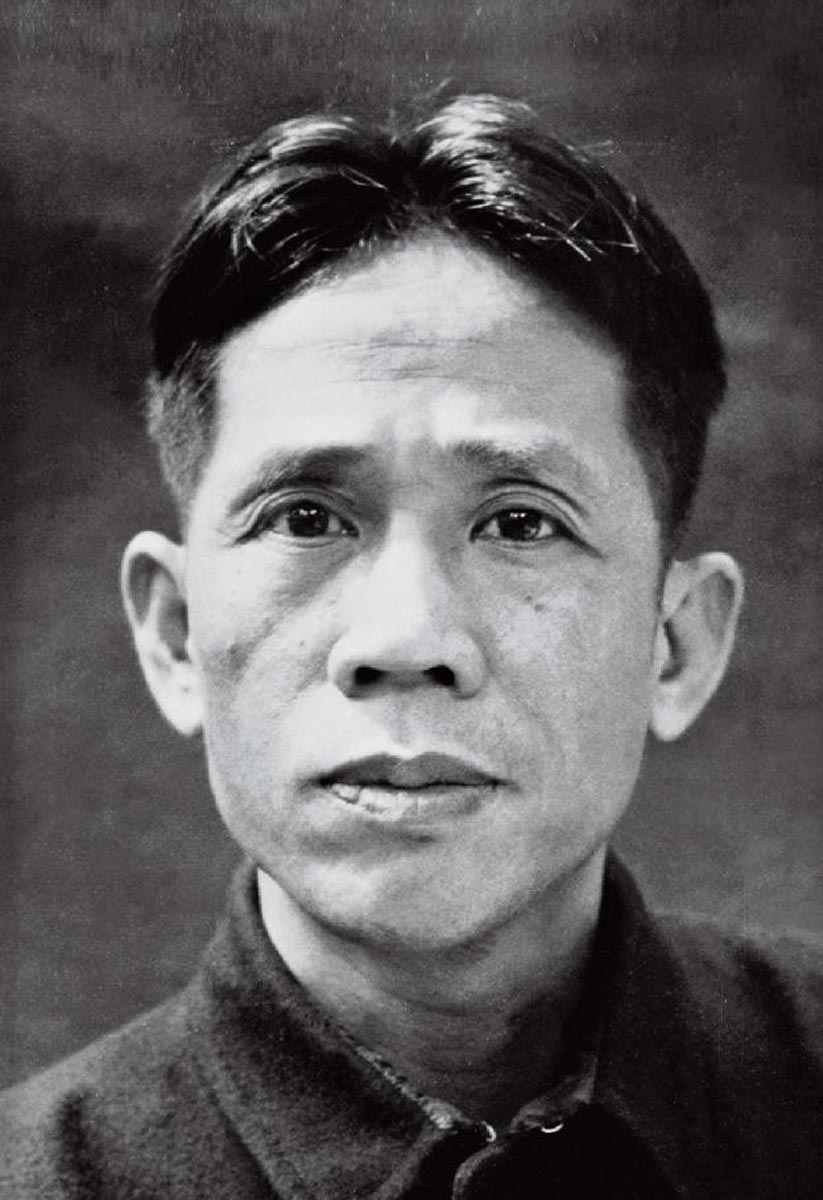|
Sino-Vietnamese War
The Sino-Vietnamese War (also known by other names) was a border war fought between China and Vietnam in early 1979. China launched an offensive in response to Vietnam's actions against the Khmer Rouge in 1978, which ended the rule of the Chinese-backed Khmer Rouge. Both China and Vietnam claimed victory in the last of the Indochina Wars. Chinese forces invaded northern Vietnam and captured several cities near the border. On 6 March 1979, China declared that the gate to Hanoi was open and that their punitive mission had been achieved. Chinese troops then withdrew from Vietnam. As Vietnamese troops remained in Cambodia until 1989, China was unsuccessful in its goal of dissuading Vietnam from involvement in Cambodia. Following the dissolution of the Soviet Union in 1991, the Sino-Vietnamese border was finalized. Although unable to deter Vietnam from ousting Pol Pot from Cambodia, China demonstrated that its Cold War communist adversary, the Soviet Union, was unable to protect ... [...More Info...] [...Related Items...] OR: [Wikipedia] [Google] [Baidu] |
Third Indochina War
The Third Indochina War was a series of interconnected armed conflicts, mainly among the various communist factions over strategic influence in Indochina after Communist victory in South Vietnam, Laos and Cambodia in 1975. The conflict primarily started due to continued raids and incursions by the Khmer Rouge into Vietnamese territory that they sought to retake. These incursions would result in the Cambodian–Vietnamese War in which the newly unified Vietnam overthrew the Pol Pot regime and the Khmer Rouge, in turn ending the Cambodian genocide. Vietnam had installed a government led by many opponents of Pol Pot, including former Khmer Rouge most notably Hun Sen. This led to Vietnam's occupation of Cambodia for over a decade. The Vietnamese push to completely destroy the Khmer Rouge led to them conducting Vietnamese border raids in Thailand, border raids in Thailand who had provided sanctuary. China strongly objected to the invasion of Cambodia. Chinese armed forces launched a ... [...More Info...] [...Related Items...] OR: [Wikipedia] [Google] [Baidu] |
Yang Dezhi
Yang Dezhi (; January 13, 1911 – October 25, 1994) was a Chinese general and politician. He was senior military officer in the North China (or 5th) Field Army, a veteran of the Korean War and commander in China during the Sino–Vietnamese War. Early life Yang Dezhi was a native of Nanyangqiao in Liling County, Hunan Province, the son of a blacksmith. He worked as a miner at Anyuan Coal Mine near Pingxiang at the age of 16 (1926) and may have heard Mao Zedong speak during the 1927 strike organization efforts. He later joined a force that followed Mao to Changsha in the summer of 1927, and was defeated in that aborted uprising. Joining the CCP in 1928, Yang fought in the early battles around the Jinggang Mountains and was assigned to Lin Biao's 28th Regiment where he participated in battles in Jiangxi and Fujian in 1929. After 1932, Yang commanded the 1st Regiment, 1st Division under Lin and Nie Rongzhen during the Long March. 1930s During the 1930s and 1940s, Yang com ... [...More Info...] [...Related Items...] OR: [Wikipedia] [Google] [Baidu] |
Hoover Institution
The Hoover Institution (officially The Hoover Institution on War, Revolution, and Peace; abbreviated as Hoover) is an American public policy think tank and research institution that promotes personal and economic liberty, free enterprise, and limited government. While the institution is formally a unit of Stanford University, it maintains an independent board of overseers and relies on its own income and donations. It is widely described as a conservative institution, although its directors have contested the idea that it is partisan. In 1919, the institution began as a library founded by Stanford alumnus Herbert Hoover prior to his presidency in order to house his archives gathered during the Great War. The Hoover Tower, an icon of Stanford University, was built to house the archives, then known as the Hoover War Collection (now the Hoover Institution Library and Archives), and contained material related to World War I, World War II, and other global events. The collection ... [...More Info...] [...Related Items...] OR: [Wikipedia] [Google] [Baidu] |
Đàm Quang Trung
Đàm Quang Trung (September 12, 1921 – March 3, 1995) was a Vietnamese general in the People's Army of Vietnam. He served in the First Indochina War and Vietnam War. Đàm Quang Trung joined the Communist Party of Vietnam in 1939. In 1940 he was imprisoned by French colonial authorities, but was released shortly thereafter. In September 1944, he began building a guerrilla warfare on the northern border of the country to China. In December, he joined the communist guerrilla movement. During the August Revolution in 1945, he served as a company commander of Việt Minh in the seizure of power in Thái Nguyên. After the founding of the Democratic Republic of Vietnam (North Vietnam) he took over again a command of a company but was also the chief officer for the special zone Hanoi. During the first Indochina War, he rose to the rank of general. From 1946 to 1954 he was commander of the Inter-zone V. From 1953 to 1954 he was deputy commander of the 312th Infantry Division. Refere ... [...More Info...] [...Related Items...] OR: [Wikipedia] [Google] [Baidu] |
People's Army Of Vietnam
The People's Army of Vietnam (PAVN; vi, Quân đội nhân dân Việt Nam, QĐNDVN), also recognized as the Vietnam People's Army (VPA) or the Vietnamese Army (), is the military force of the Socialist Republic of Vietnam and the armed wing of the ruling Communist Party of Vietnam. The PAVN is a part of the Vietnam People's Armed Forces and includes: Ground Force, Navy, Air Force, Border Guard and Coast Guard. However, Vietnam does not have a separate Ground Force or Army branch. All ground troops, army corps, military districts and specialised arms belong to the Ministry of Defence, directly under the command of the Central Military Commission, the Minister of Defence, and the General Staff of the Vietnam People's Army. The military flag of the PAVN is the flag of the Socialist Republic of Vietnam, with the words ''Quyết thắng (Determination to win)'' added in yellow at the top left. During the French Indochina War (1946–1954), the PAVN was often referred to ... [...More Info...] [...Related Items...] OR: [Wikipedia] [Google] [Baidu] |
Văn Tiến Dũng
Văn Tiến Dũng (; 2 May 1917 – 17 March 2002), born Co Nhue commune, Từ Liêm District, Hanoi, was a Vietnamese general in the People's Army of Vietnam (PAVN), PAVN chief of staff (1954–74); PAVN commander in chief (1974–80); member of the Central Military–Party Committee (CMPC) (1984–86) and Socialist Republic of Vietnam defense minister (1980–87). Military career Văn Tiến Dũng joined the Communist Party of Vietnam in 1936, he escaped from a French prison in 1944, and fought against the Japanese occupation force during the Second World War. August 1945, he directed the armed forces to seize power in the province of Hòa Bình, Ninh Bình and Thanh Hóa. By October 1953 during the First Indochina War, Dũng rose to become Chief of Staff of the Vietnam People's Army under General Võ Nguyên Giáp prior to the siege of Điện Biên Phủ in 1954. For the next twenty years, his military reputation in North Vietnam was second only to Giáp's. He comm ... [...More Info...] [...Related Items...] OR: [Wikipedia] [Google] [Baidu] |
President Of Vietnam
The president of the Socialist Republic of Vietnam ( vi, Chủ tịch nước Cộng hòa xã hội chủ nghĩa Việt Nam, lit=Chairman of the nation of Socialist Republic of Vietnam) is the head of state of Vietnam, elected by the Vietnam National Assembly from delegates of the National Assembly. Since Vietnam is a single-party state, the president is generally considered to hold the second highest position in the political system, formally after the General Secretary of the Communist Party of Vietnam. In addition, the president appoints the head of government, the Prime Minister. As head of state, the President represents Vietnam both domestically and internationally, and maintains the regular and coordinated operation and stability of the national government and safeguards the independence and territorial integrity of the country. The president must be a delegate of the National Assembly and is traditionally a member of the Central Committee of the Communist Party. The Cen ... [...More Info...] [...Related Items...] OR: [Wikipedia] [Google] [Baidu] |
Tôn Đức Thắng
Tôn Đức Thắng (August 20, 1888 – March 30, 1980) was the second and last president of North Vietnam and the first president of the reunified Vietnam under the leadership of General Secretary Lê Duẩn. The position of president is ceremonial and Thắng was never a major policymaker or even a member of the Politburo, Vietnam's ruling council. He served as president, initially of North Vietnam from September 2, 1969, and later of a united Vietnam, until his death in 1980. Tôn Đức Thắng was a key Vietnamese nationalist and Communist political figure, was chairman of the National Assembly's Standing Committee 1955–1960 and served as the vice president to Hồ Chí Minh from 1960 to 1969. He died at the age of 91, he was the oldest head of a state with the title "president" (subsequently surpassed by Hastings Banda). Early life Tôn Đức Thắng was born to Tôn Văn Đề and Nguyễn Thị Di on Ông Hô Island along the Mekong River, roughly four kilomet ... [...More Info...] [...Related Items...] OR: [Wikipedia] [Google] [Baidu] |
Minister Of Defence (Vietnam)
The Minister of Defence is the Government of Vietnam member in charge of the Ministry of Defence. The Minister directs the management functions of state for defense, and is responsible for and is the second highest commander of the Vietnam People's Army and Militia. The Minister is also Vice Chairman of the Central Military Commission, a Member of the Politburo and a Member of the Council for National Defense and Security. The current Minister of Defence is Army General Phan Văn Giang, since 8 April 2021. Chain of command * General Secretary of the Communist Party * President * Prime Minister * Minister of Defence * Chief of the General Political Department * Chief of the General Staff * Deputy Ministers of Defence Lists of Ministers of Defence See also * Prime Minister of Vietnam * Deputy Prime Minister of Vietnam Notes References Bibliography * {{People's Army of Vietnam *.* Prime Ministers A prime minister, premier or chief of cabinet is the head of the ... [...More Info...] [...Related Items...] OR: [Wikipedia] [Google] [Baidu] |
Võ Nguyên Giáp
Võ Nguyên Giáp (; 25 August 1911 – 4 October 2013) was a Vietnamese general and communist politician who is regarded as having been one of the greatest military strategists of the 20th century. He served as interior minister in President Hồ Chí Minh's Việt Minh government, the military commander of the Việt Minh, the commander of the People's Army of Vietnam (PAVN), minister of defence, and deputy prime minister. He also served as a member of the Politburo of the Vietnam Workers' Party, which in 1976 became the Communist Party of Vietnam. Giáp first rose to prominence during World War II, when he served as the military leader of the Viet Minh resistance against the Japanese occupation of Vietnam. He had no direct military training and was a history teacher at a French-speaking academy, influenced by historical military leaders and personally citing T. E. Lawrence and Napoleon as his two greatest influences. He later earned the moniker "Red Napoleon" from some ... [...More Info...] [...Related Items...] OR: [Wikipedia] [Google] [Baidu] |
General Secretary Of The Communist Party Of Vietnam
The General Secretary of the Central Committee of the Communist Party of Vietnam ( vi, Tổng Bí thư Ban Chấp hành Trung ương Đảng Cộng sản Việt Nam), known as First Secretary ( vi, Bí thư Thứ nhất) from 1960 to 1976, is the highest office within the Communist Party of Vietnam and typically the supreme leader of Vietnam. The General Secretaryship was the second-highest office within the party when Hồ Chí Minh was Chairman, a post which existed from 1951 to 1969. The general secretary is also the Secretary of the Central Military Commission, the leading Party organ on military affairs. For a period in its history, the position of general secretary has been synonymous with the paramount leader of Vietnam. The current general secretary is Nguyễn Phú Trọng, and he is ranked first in the Politburo. Trần Phú, one of the founding members of the Indochinese Communist Party, was the party's first general secretary. A year after being elected, he w ... [...More Info...] [...Related Items...] OR: [Wikipedia] [Google] [Baidu] |
Lê Duẩn
Lê Duẩn (; 7 April 1907 – 10 July 1986) was a Vietnamese communist politician. He rose in the party hierarchy in the late 1950s and became General Secretary of the Central Committee of the Communist Party of Vietnam (VCP) at the 3rd National Congress in 1960. He continued Hồ Chí Minh's policy of ruling through collective leadership. From the mid-1960s (when Hồ's health was failing) until his own death in 1986, he was the top decision-maker in Vietnam. He was born into a lower-class family in Quảng Trị Province, in the southern part of French Indochina as Lê Văn Nhuận. Little is known about his family and childhood. He first came in contact with revolutionary thoughts in the 1920s through his work as a railway clerk. Lê Duẩn was a founding member of the Indochina Communist Party (the future Communist Party of Vietnam) in 1930. He was imprisoned in 1931 and released in 1937. From 1937 to 1939, he climbed the party ladder. He was rearrested in 1939, this ... [...More Info...] [...Related Items...] OR: [Wikipedia] [Google] [Baidu] |

.jpg)






